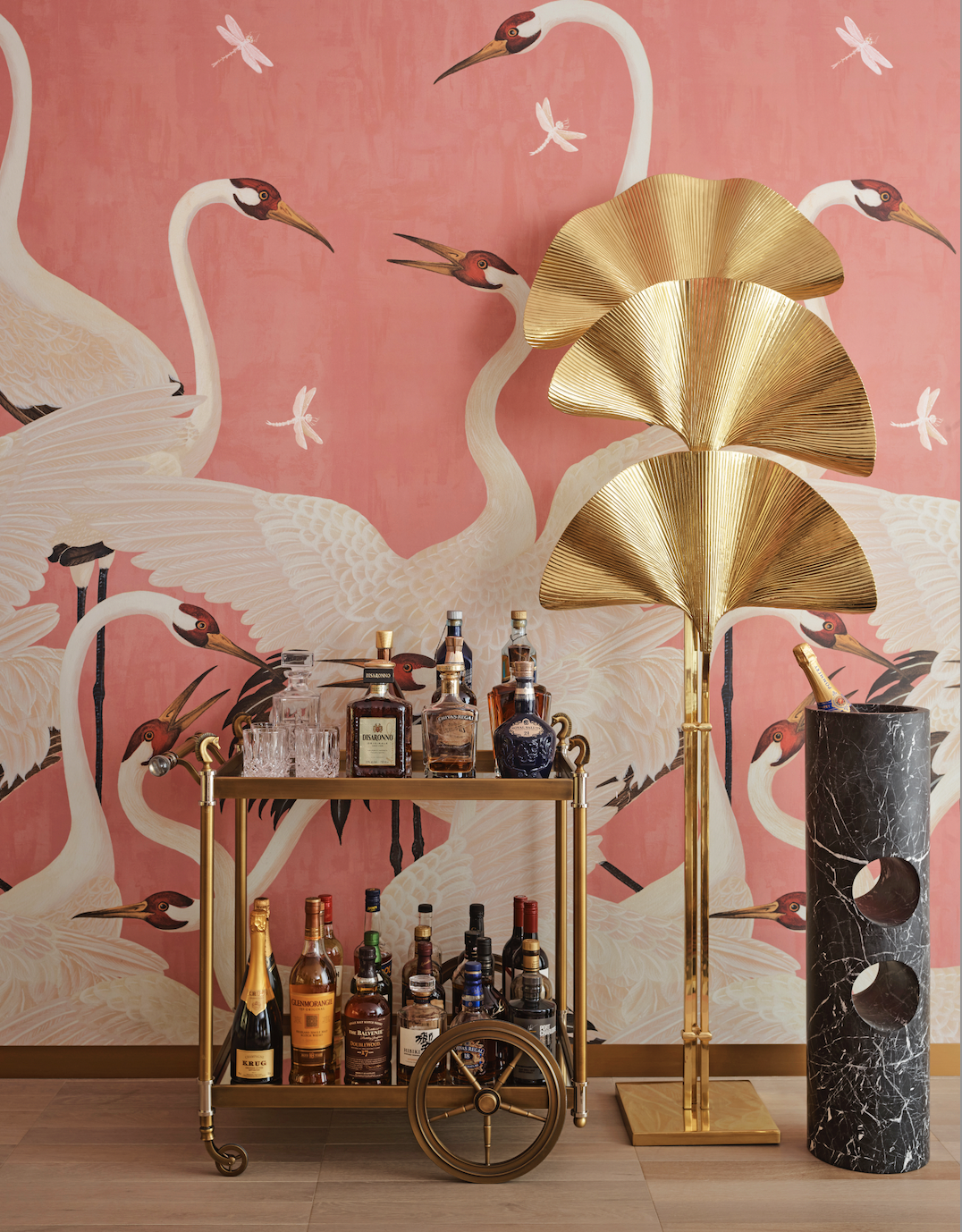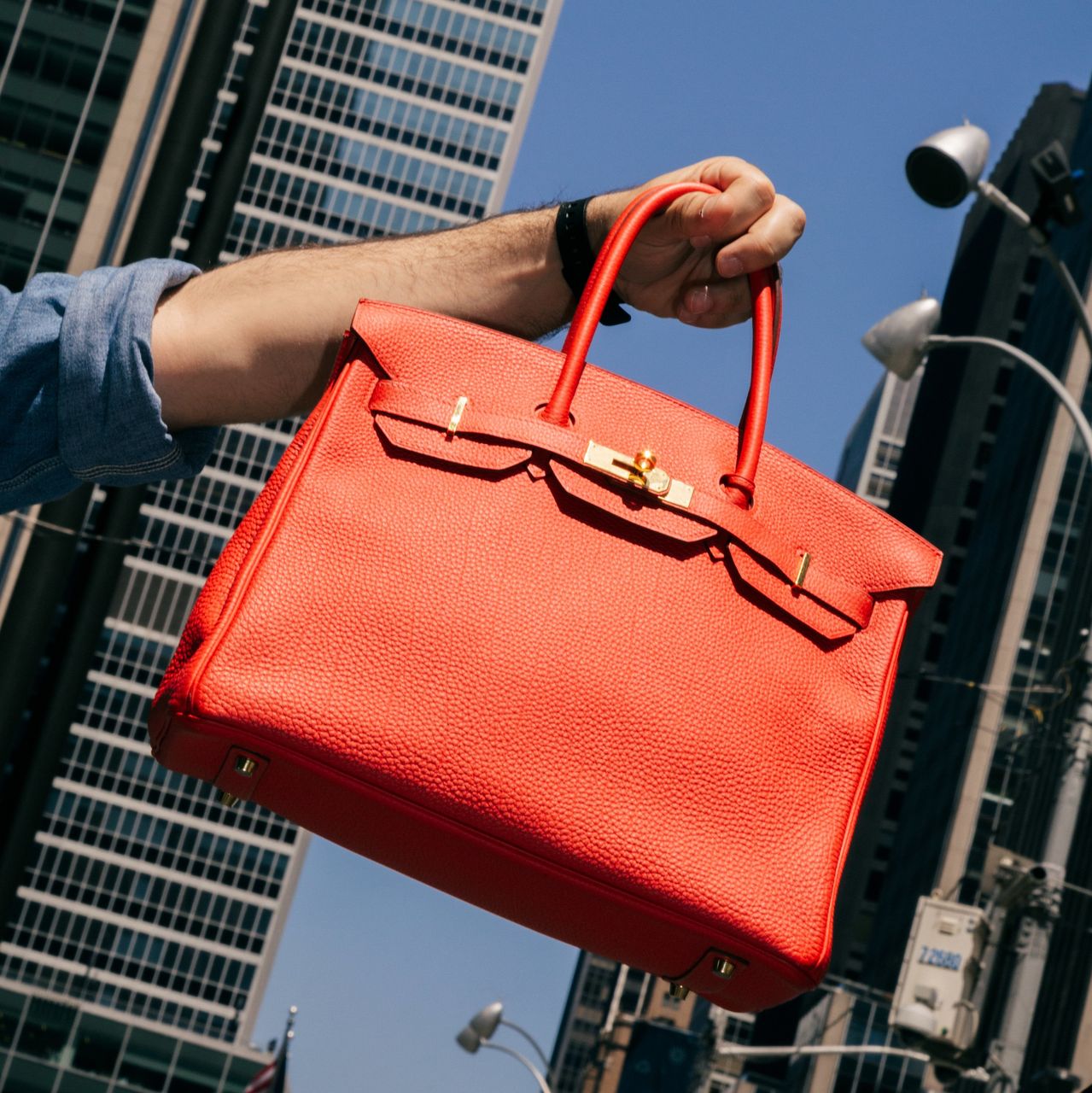The mancave mainstay that became a kitchen must-have
How COVID changed when — and where — we like to drink
World health events have always made an impact on the domestic front. From the introduction of indoor plumbing to deal with water borne diseases in Victorian times to the rise of seaside resorts as a panacea for respiratory ailments like tuberculosis, architectural design has always risen to the challenges and demands of modern living.
So while the recent pandemic has elevated the importance of domestic design ranging from bigger and better bathrooms to fully equipped home offices, there are quieter but no less significant changes afoot in the kitchen.
For more stories like this, order your copy of the latest issue of Kanebridge Quarterly here.
As lockdowns kept all but the most essential workers at home, many began looking at ways to replicate restaurant and bar experiences within their own four walls. Although some people already had dedicated bar areas, others gathered in communal areas like the kitchen to try their hand at making their favourite drink. As restrictions eased, it’s a trend that has continued to gather pace.
Whiskey ambassador, James Buntin, says often it simply makes good sense to make drinks at home.
“When you’re paying between $22 and $25 for a cocktail and you have four of those, that’s $100,” he says. “It becomes quite expensive and so during COVID a lot of people started to create their own drinks instead.”
For connoisseurs with a particular preference for spirits like whiskey, vodka or gin, Buntin says perfecting your favourite cocktail at home can be a more satisfying experience than ordering it at a bar.
“The home bar is not usually set up for making lots of different drinks — you won’t get a menu,” he says. “Generally, it’s one or two drinks that are the owners’ favourites. It’s about simplicity, so it’s your space and you have everything within reach and it becomes a pleasure.”
Kitchen designer and director of Minosa, Darren Genner, says a built-in bar has become a popular must-have among his clients.
“During COVID, the kitchen became the headmaster’s station where mum or dad sat while the kids did their school work,” Genner says. “Then it became more about entertaining at home.”
Rather than the freestanding, mobile drinks trolley that gained popularity among millennials in recent years, the new look bar is curated and integrated, with the occasional touch of glamour.
“It used to be we had the drinks trolley with bottles of whiskey and vodka but now we don’t want to see it all the time,” he says. “We have clients, for example, that love their gin and collect the bottles and they want a place to store them.”
Most recently, Genner created a pop-up bar in a kitchen in Sydney’s Alexandria that emerges from the kitchen benchtop, James Bond-style, at the touch of a button.
“Home automation is the next step,” he says. “We are fitting voice activation now so that you can say ‘hey Alexa, I’m thirsty’.”

The concealed nature of this new style of in-kitchen bar is also about increasing the functionality of the space within an open plan area over the course of the day.
“There is a touch of the nightclub about them,” Genner says. “When you are sitting in the lounge, you don’t want to see a kitchen — you want to see a beautiful piece of joinery. Materials are metallics, marble and smokey glass with LED lights with sensors that are really positioned to illuminate bottles.
“All those kinds of things make it special.”
Architect Carla Middleton says as footprints shrink, it just makes sense to create spaces with dual functionalities. She has created several spaces on tight sites for clients that are dedicated to easy drinks preparation, including an area under the stairs in her own home at Tamarama.

“It’s a combined coffee and bar area and it was the only thing my husband really wanted,” Middleton says. “We couldn’t do a cellar and this is central to the living and entertaining area that you can seal off when you are not entertaining.
“It’s a nice area when friends come over to set up and let your guests help themselves.”
Rather than creating a separate bar or mancave, a luxe mini version in a shared space like the kitchen also ensures that everyone feels welcome, including the cook. Whether it is concealed or not, for it to be successful, Middleton says a drinks station needs a few essentials.
“You want a good open benchtop, when you are entertaining, to serve as a cocktail station and then a sink big enough to have some ice in it,” she says. “A wine and beer fridge is also good, perhaps one of those under bench wine fridges, and then a separate fridge for soft drinks.”
While the materials and technology might have changed, Middleton points out that the idea of having a cocktail bar at home goes back some way.
“It’s not a new thing. We used to have a drinks trolley in my grandmother’s house,” she says. “It’s just transforming in its style and location.”
Here’s cheers to that.
This stylish family home combines a classic palette and finishes with a flexible floorplan
Just 55 minutes from Sydney, make this your creative getaway located in the majestic Hawkesbury region.
As Paris makes its final preparations for the Olympic games, its residents are busy with their own—packing their suitcases, confirming their reservations, and getting out of town.
Worried about the hordes of crowds and overall chaos the Olympics could bring, Parisians are fleeing the city in droves and inundating resort cities around the country. Hotels and holiday rentals in some of France’s most popular vacation destinations—from the French Riviera in the south to the beaches of Normandy in the north—say they are expecting massive crowds this year in advance of the Olympics. The games will run from July 26-Aug. 1.
“It’s already a major holiday season for us, and beyond that, we have the Olympics,” says Stéphane Personeni, general manager of the Lily of the Valley hotel in Saint Tropez. “People began booking early this year.”
Personeni’s hotel typically has no issues filling its rooms each summer—by May of each year, the luxury hotel typically finds itself completely booked out for the months of July and August. But this year, the 53-room hotel began filling up for summer reservations in February.
“We told our regular guests that everything—hotels, apartments, villas—are going to be hard to find this summer,” Personeni says. His neighbours around Saint Tropez say they’re similarly booked up.
As of March, the online marketplace Gens de Confiance (“Trusted People”), saw a 50% increase in reservations from Parisians seeking vacation rentals outside the capital during the Olympics.
Already, August is a popular vacation time for the French. With a minimum of five weeks of vacation mandated by law, many decide to take the entire month off, renting out villas in beachside destinations for longer periods.
But beyond the typical August travel, the Olympics are having a real impact, says Bertille Marchal, a spokesperson for Gens de Confiance.
“We’ve seen nearly three times more reservations for the dates of the Olympics than the following two weeks,” Marchal says. “The increase is definitely linked to the Olympic Games.”

Getty Images
According to the site, the most sought-out vacation destinations are Morbihan and Loire-Atlantique, a seaside region in the northwest; le Var, a coastal area within the southeast of France along the Côte d’Azur; and the island of Corsica in the Mediterranean.
Meanwhile, the Olympics haven’t necessarily been a boon to foreign tourism in the country. Many tourists who might have otherwise come to France are avoiding it this year in favour of other European capitals. In Paris, demand for stays at high-end hotels has collapsed, with bookings down 50% in July compared to last year, according to UMIH Prestige, which represents hotels charging at least €800 ($865) a night for rooms.
Earlier this year, high-end restaurants and concierges said the Olympics might even be an opportunity to score a hard-get-seat at the city’s fine dining.
In the Occitanie region in southwest France, the overall number of reservations this summer hasn’t changed much from last year, says Vincent Gare, president of the regional tourism committee there.
“But looking further at the numbers, we do see an increase in the clientele coming from the Paris region,” Gare told Le Figaro, noting that the increase in reservations has fallen directly on the dates of the Olympic games.
Michel Barré, a retiree living in Paris’s Le Marais neighbourhood, is one of those opting for the beach rather than the opening ceremony. In January, he booked a stay in Normandy for two weeks.
“Even though it’s a major European capital, Paris is still a small city—it’s a massive effort to host all of these events,” Barré says. “The Olympics are going to be a mess.”
More than anything, he just wants some calm after an event-filled summer in Paris, which just before the Olympics experienced the drama of a snap election called by Macron.
“It’s been a hectic summer here,” he says.

AFP via Getty Images
Parisians—Barré included—feel that the city, by over-catering to its tourists, is driving out many residents.
Parts of the Seine—usually one of the most popular summertime hangout spots —have been closed off for weeks as the city installs bleachers and Olympics signage. In certain neighbourhoods, residents will need to scan a QR code with police to access their own apartments. And from the Olympics to Sept. 8, Paris is nearly doubling the price of transit tickets from €2.15 to €4 per ride.
The city’s clear willingness to capitalise on its tourists has motivated some residents to do the same. In March, the number of active Airbnb listings in Paris reached an all-time high as hosts rushed to list their apartments. Listings grew 40% from the same time last year, according to the company.
With their regular clients taking off, Parisian restaurants and merchants are complaining that business is down.
“Are there any Parisians left in Paris?” Alaine Fontaine, president of the restaurant industry association, told the radio station Franceinfo on Sunday. “For the last three weeks, there haven’t been any here.”
Still, for all the talk of those leaving, there are plenty who have decided to stick around.
Jay Swanson, an American expat and YouTuber, can’t imagine leaving during the Olympics—he secured his tickets to see ping pong and volleyball last year. He’s also less concerned about the crowds and road closures than others, having just put together a series of videos explaining how to navigate Paris during the games.
“It’s been 100 years since the Games came to Paris; when else will we get a chance to host the world like this?” Swanson says. “So many Parisians are leaving and tourism is down, so not only will it be quiet but the only people left will be here for a party.”
This stylish family home combines a classic palette and finishes with a flexible floorplan
Just 55 minutes from Sydney, make this your creative getaway located in the majestic Hawkesbury region.


















